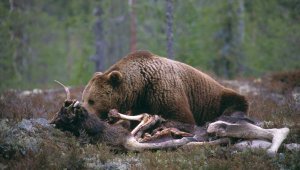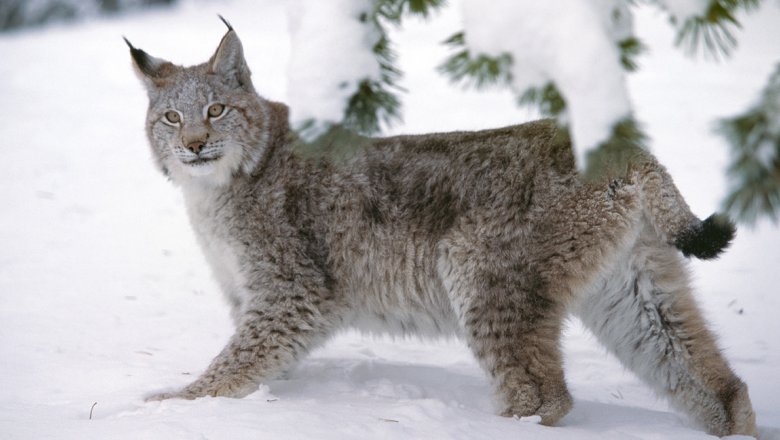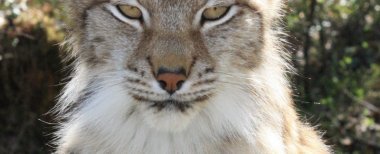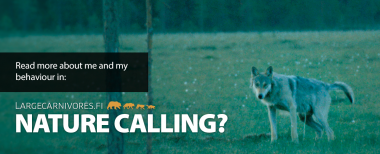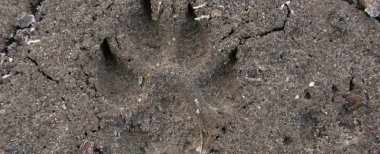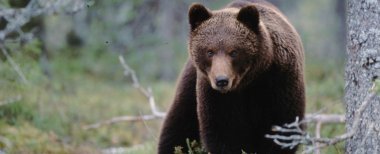Lynx hunting requires careful preparation
If you intend to go lynx hunting, you should start tracking lynx movements immediately after the first snowfall. This way the hunters can find out the number of lynxes in the area and the structure of the population. A keen eye is needed in deciphering lynx tracks, as the lynx likes to take advantage of hard pathways formed on the snow during soft snow season.
In lynx hunting one hunter acts as a beater chasing the animal towards the shooters, or you can use a dog. Dog breeds that like to go after foxes will usually also eagerly chase lynxes. Big game dogs with pointed ears are also well suited for lynx hunting. A shotgun loaded with 4 mm shot is a good weapon for the purpose. A snow suit allows a shooter to better blend in with the wintry landscape.
The lynx has excellent hearing. One should always remember this during a hunt. The shooters must remain as quiet as possible as they lie in wait. The lynx picks up gun loading sounds, the creaking of snow underfoot or the crackle of a walkie-talkie from far away.
Lynxes are located based on their tracks, and stands are placed on presumed lynx pathways. A fast dog can sometimes chase a lynx up a tree. When a lynx has been alerted and is on the move, it likes to use the tracks of other animals to escape – it might even circle behind the beater and take advantage of his or her ski tracks. Careful consideration is required from a still-hunter when they spot a lynx.
A female followed by cubs is always protected
In cases where no other satisfactory solution is found, an exceptional hunting permit for lynx hunting may be granted on the basis of damages caused by a lynx, provided that the hunting of the animal does not negatively affect the favourable conservation status of the species in its natural distribution area. A female lynx is always protected if it is followed by a young cub that is under a year old.
If parts of the lynx are to be sold, a CITES permit must be obtained from the Finnish Environment Institute (SYKE). To get this permit, the hunter must present a certificate from the Finnish Wildlife Agency that proves the lynx was hunted legally.
An exceptional hunting permit for a lynx may be granted if the animal has caused damages. A lynx that has been killed with this type of exceptional permit belongs to the state and must be delivered to a wildlife research facility.
